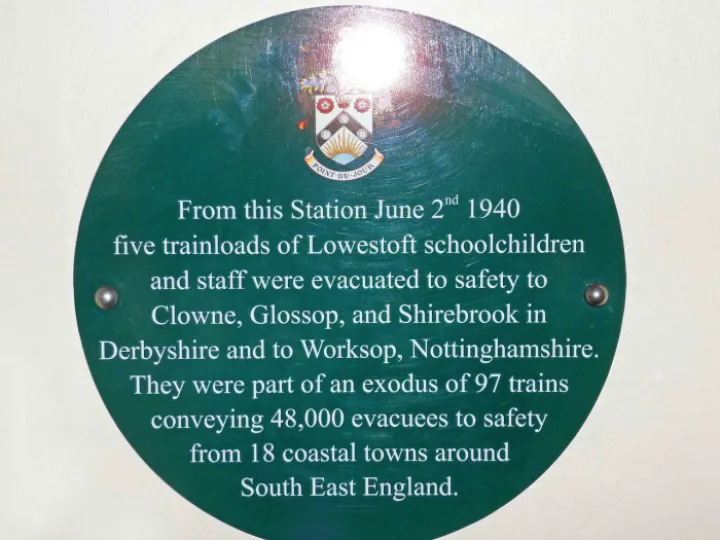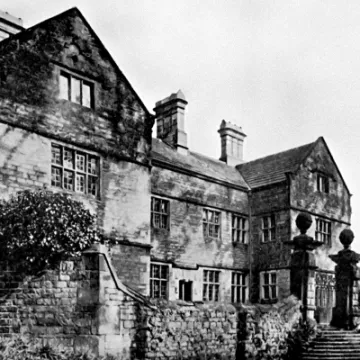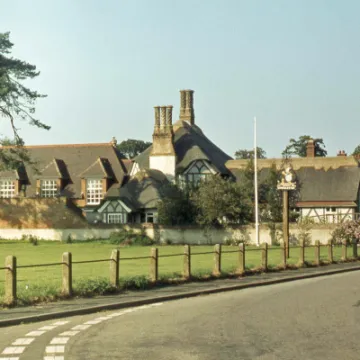







Audlem and District History Society – History Shorts 9 by Jeremy Nicholls
East coast evacuation – 2 June 1940
In the late 1930s, with war looking inevitable, the government made plans for the mass evacuation of civilians from cities and other areas that were at high risk of bombardment or invasion. The report of the committee led by Sir John Anderson – he of the Anderson shelter – became the framework for the mass evacuation of schoolchildren, mothers with infants and the elderly to safer locations.
Dubbed 'Operation Pied Piper', the first evacuation order was given on 31 August 1939, three days before war was declared. In early September, up to three million children and their teachers were moved mainly out of London and other major cities. Most travelled by train but large numbers from London were taken by boat to east coast towns such as Great Yarmouth and Lowestoft.
One evacuee family from Dagenham was billeted at my mother's home near Somerleyton, on the edge of the River Waveney marshes. A cottage without gas or electricity, eight miles from the nearest town, Lowestoft, was not to their liking, and they went back to Dagenham after two weeks!
Ten months later, a second major evacuation exercise took place, moving children out of the south and east of England including, ironically, the coastal towns that had received evacuees in September 1939.
Early on Sunday morning 2 June 1940, 3,500 children in the Lowestoft area assembled at Lowestoft Central railway station, from where five trains took them to the relative safety of towns in north Derbyshire and Nottinghamshire.
The pupils of Lowestoft Grammar School, including my mother, were taken to Worksop, where they would share the Central School's and Technical College's buildings, having morning or afternoon lessons in alternate weeks.
Worksop was deep in the Nottinghamshire coalfield. Most of the Lowestoft children had only ever seen coal mines in photographs in geography textbooks or in newsreels.
Not far away, though, was another landscape equally foreign to these East Anglian children: the Peak District. At weekends, with their teachers, they cycled into the Peak District, staying at youth hostels. They were among the last guests to stay at the hostel housed in the 17th century Derwent Hall, which closed and was partially demolished in 1943 when the Ladybower reservoir was completed, 'drowning' the villages of Derwent and Ashopton.
In 2005, Audlem WI and Probus recorded the wartime memories and experiences of Audlem residents. The documents were placed in the care of the History Society and copied to the BBC for inclusion in its WW2 People's War project. This national archive of 47,000 stories and 15,000 images can be viewed here
The Audlem residents' contributions can be viewed here
Get In Touch
AudlemOnline is powered by our active community.
Please send us your news and views using the button below:
Email: editor@audlem.org







